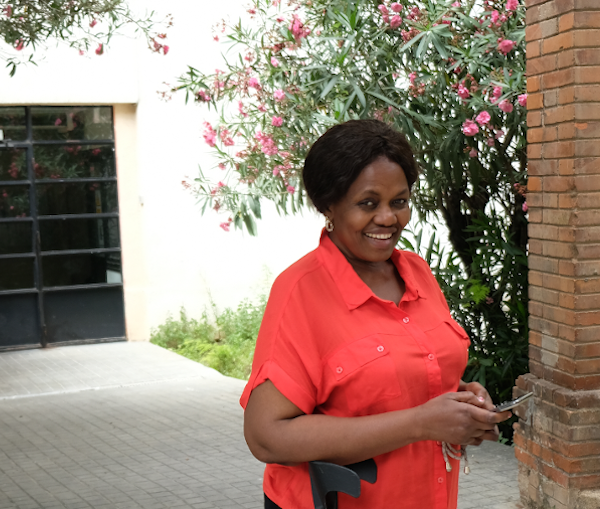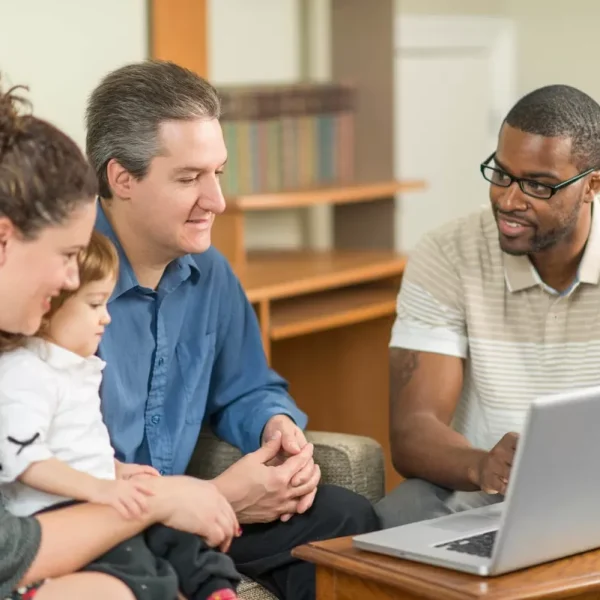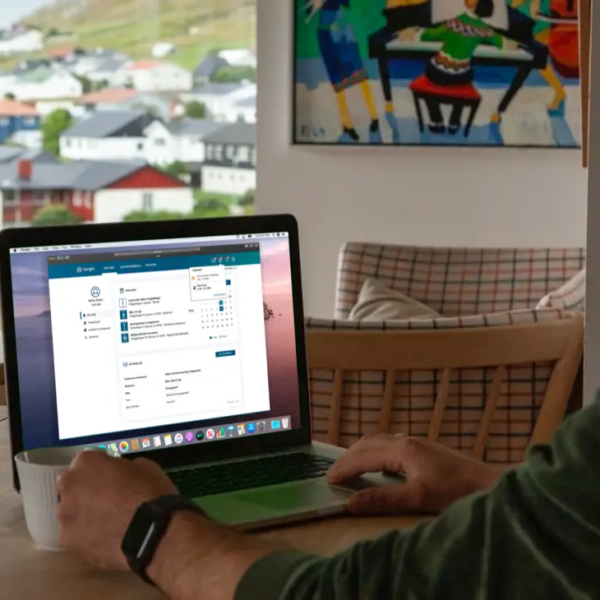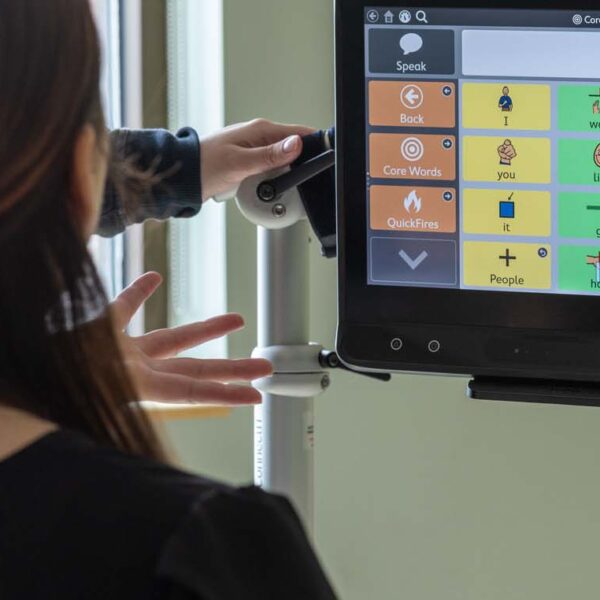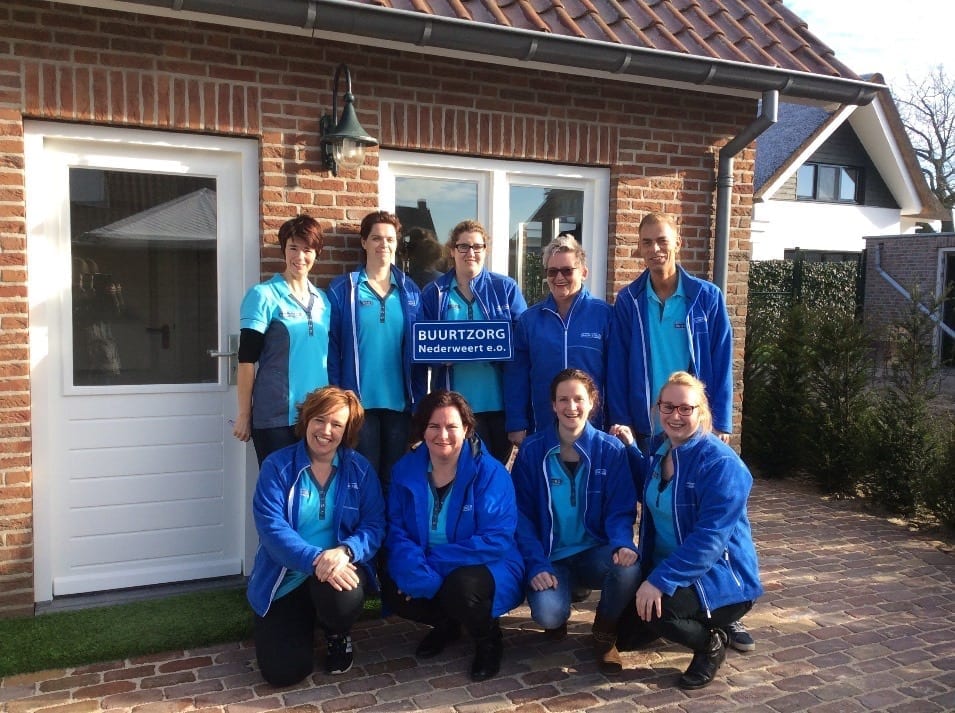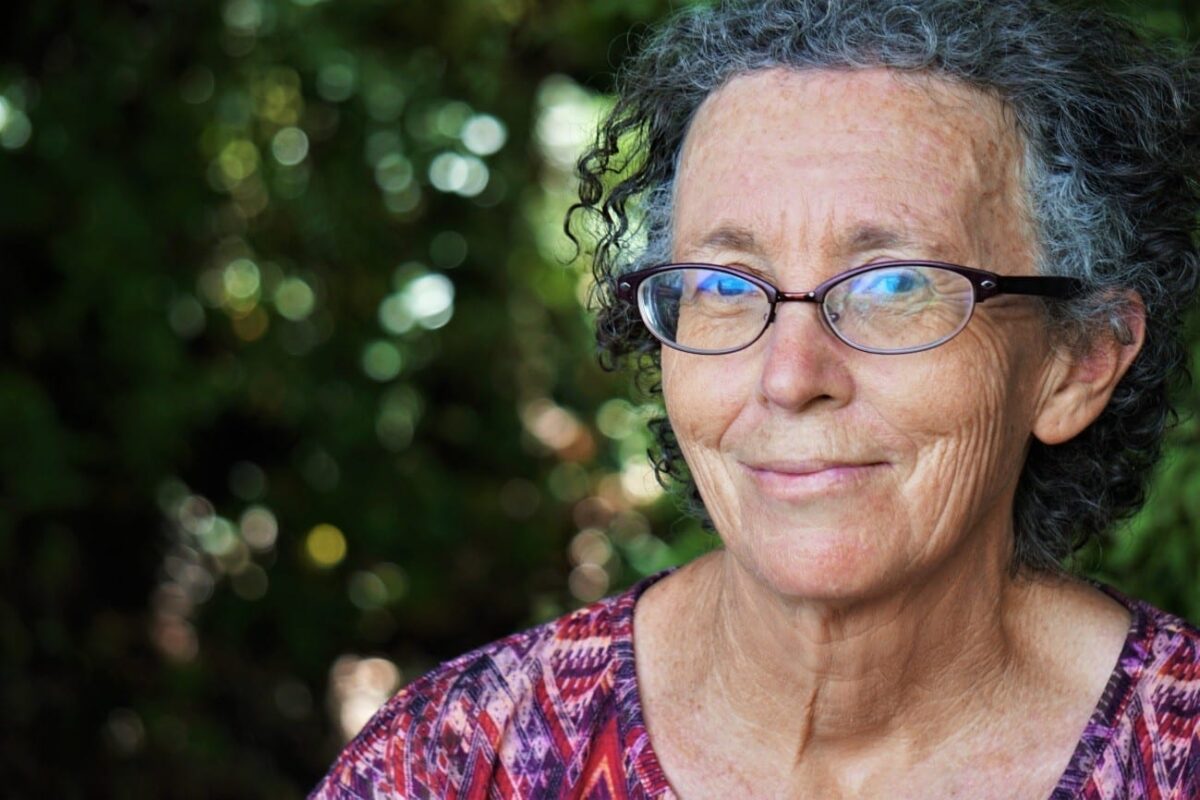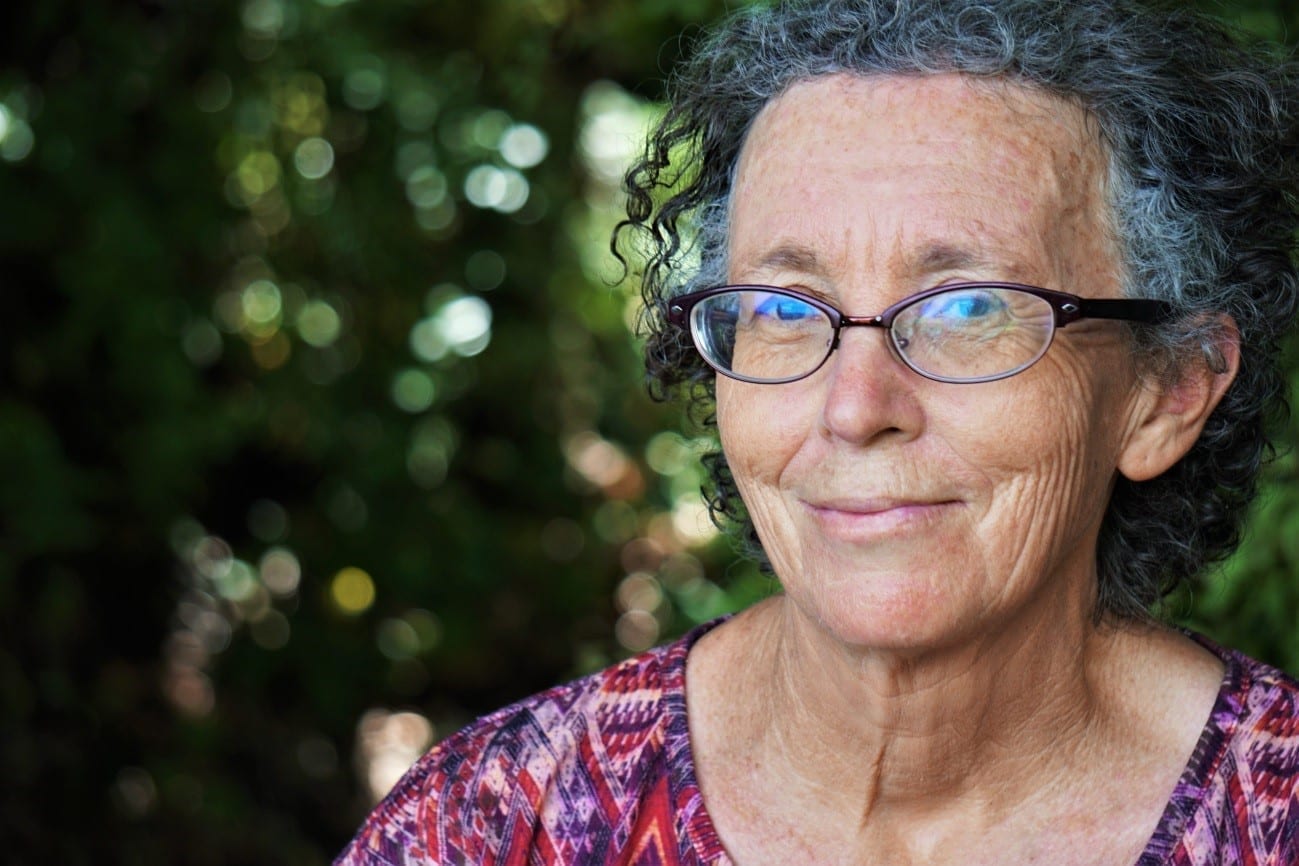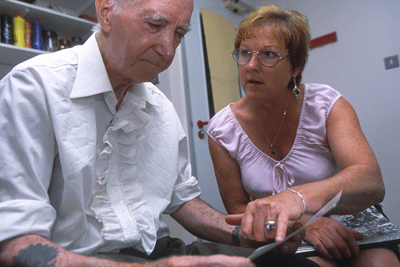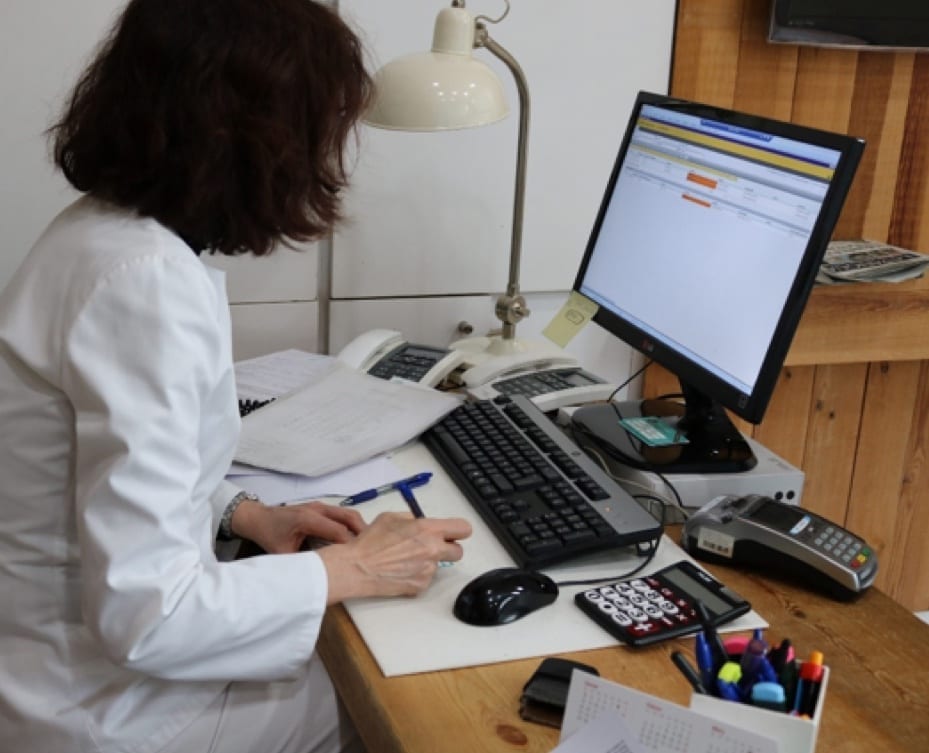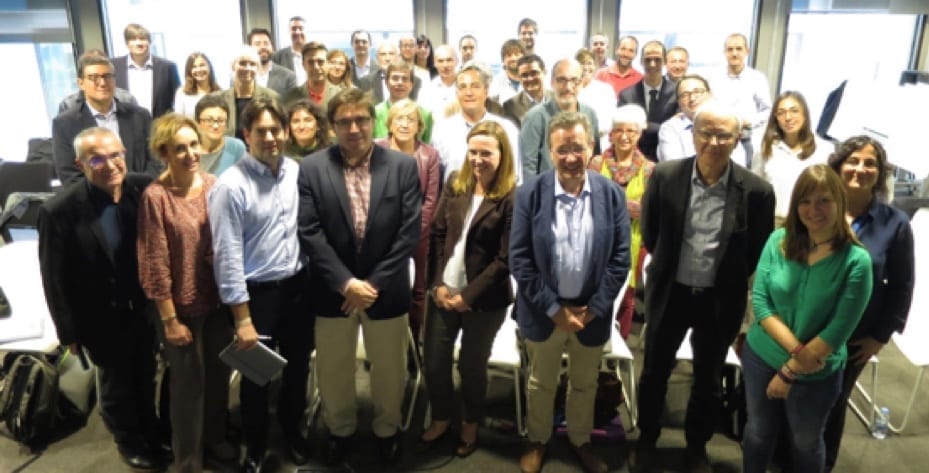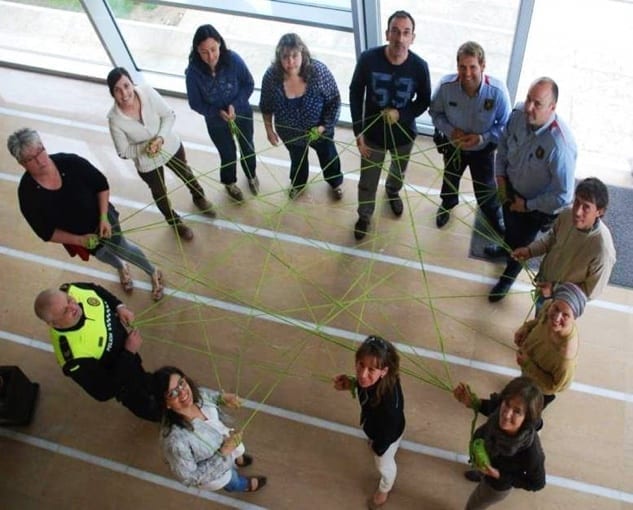The Opportunity Atlas, Big Data analysis to optimize the social support system
The Opportunity Atlas, Big Data analysis to optimize the social support system
Seattle Housing Authority
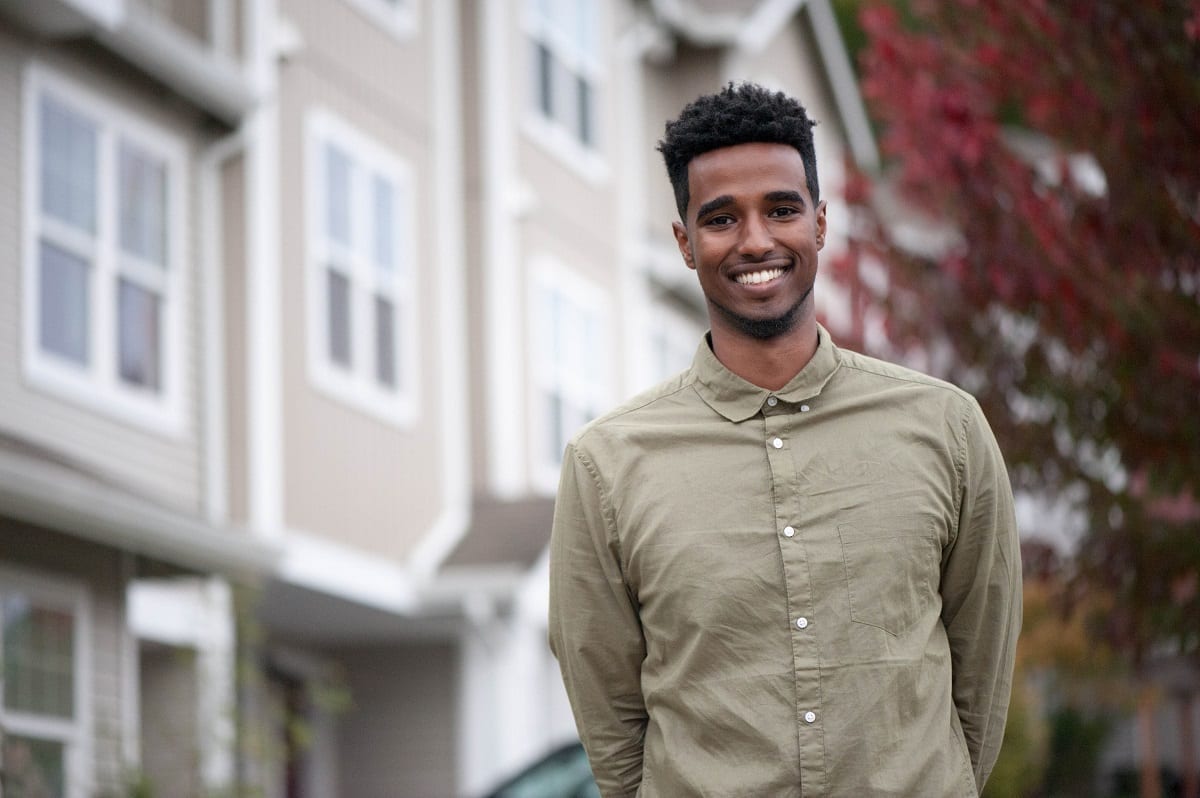
Foto: Seattle Housing Authority
A tool for the analysis of anonymized census data in order to optimize the system of public subsidies to the vulnerable population based on the detailed knowledge of the characteristics and social differences between disadvantaged neighborhoods.
The tool has allowed detecting in several US big cities that nearby neighborhoods with very low incomes offer many different opportunities to leave poverty to the children who live there. Seattle Housing Authority has pioneered the analysis of the “Opportunity Atlas” data and concluded that, unlike other American cities, the differences between neighborhoods that offer high social mobility and those that do not, are invisible to the naked eye and only by means of this data analysis it is possible to identify them.
Among other results, the city of Seattle has discovered that most of the subsidies were allocated to neighborhoods with low social mobility and this has led to a rethinking of the social assistance system to promote the residence of vulnerable families in the neighborhoods with a higher social mobility rate.
Characteristics of innovation
Location
Seattle, WA (USA)
Partners / Funders
Harvard University, Brown University, US Census Bureau
Genesis
TBased on the analysis of anonymized census data of 20-million American citizens who are currently 35 years old, the Census Bureau and researchers from Harvard and Brown universities have published the Opportunity Atlas, an interactive tool which allows correlating the current income, criminal records and other parameters of these people with the income and the origin of their parents.
Implementation level
A large number of US local and regional organizations have begun to use the Opportunity Atlas data to analyze the differences between territories and neighborhoods and from this information to try to optimize the use of public resources.
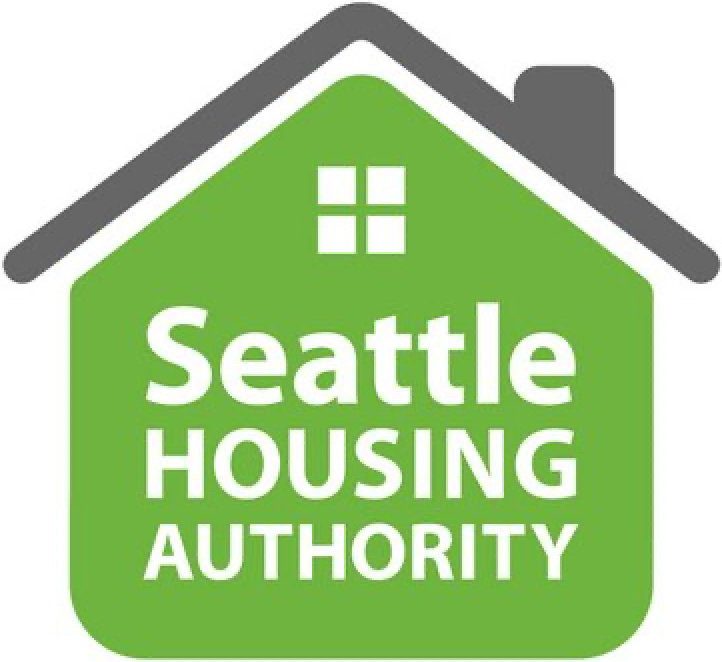
Banc d’innovacions

